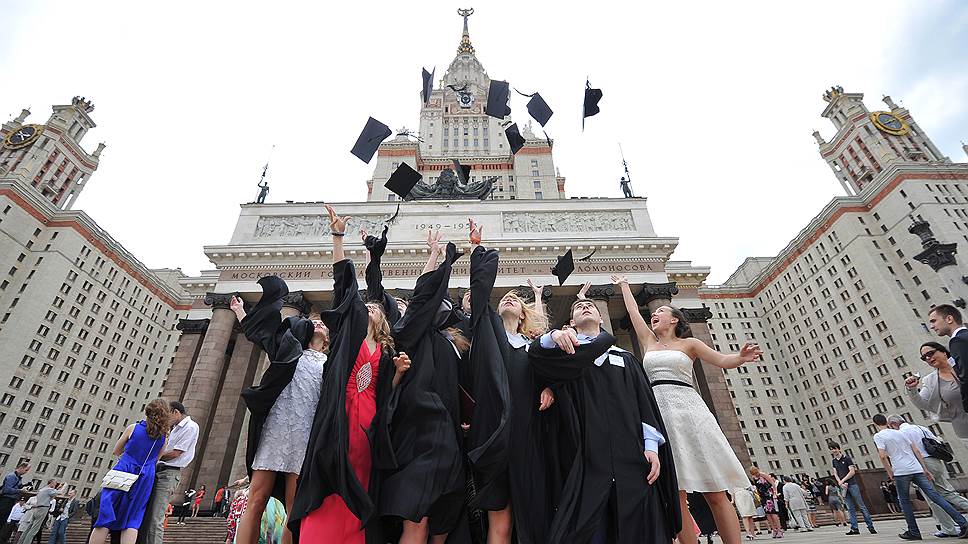A new direction
According to the expectations of the Central Bank of the Russian Federation, after the investment life insurance boom, the classic universal life insurance becomes a promising market. According to the All-Russian Union of Insurers, in the 1st Q 2019 this segment has grown by 49.6% (up to 18.2 billion rubles). Experts see the growing popularity of endowment in its social orientation. People acquire such policies not for investment income, but in order to protect themselves and their loved ones from adverse events and have the necessary amount by a certain date.
Traditionally, the endowment is issued for a long term - about ten years. The payment can be skipped or changed only in certain cases by agreement with the insurer. In the event of client’s decease or disability confirmation, the company, depending on the terms of the contract, either pays the coverage amount or makes payments for the client for further capital formation. If nothing tragic happens, the client gets a guaranteed insurance amount at the end of the contract. Part of premiums is a payment for insurance coverage.
Early termination of the contract is possible, but unfavorable. This manifests the disciplining function of universal life insurance. The entire amount of contributions cannot be refunded, since a part of the funds contributed go for risk coverage (insurance in case of establishing disability or death) and other expenses (administration, agency fee). This is a global practice and the specifics of life insurance (as opposed to bank deposits, where the depositor’s life insurance is not provided). The table of redemption amounts (those that are returned to the client upon termination of the contract) is calculated individually and depends on many factors, for example, type of payment (lump-sum or in installments), or insurance period. The redemption amount may be 99% by the end of insurance term, and 0% if the client has made only the first monthly payment. The cancellation percentage on these products is very low - 2–5%. During the free look period (at least 14 days after the policy purchase, in accordance with the requirements of the Central Bank), the client can cancel the contract and return the fees in full.
The advantage of endowment, according to experts, is that insurance premiums cannot be recovered or confiscated, and are not subject to divorce settlement. Universal life insurance allows a targeted capital transfer. For example, with the help of endowment, a grandmother can save for education of her grandson, indicating him as a beneficiary. In the event of the woman’s decease, the entire amount will go to her grandson, bypassing other heirs.
Another advantage of endowment is the possibility to get a return on the saving amount. Depending on its parameters a guaranteed return may be provided under the contract. As a rule, its rates are 2–6% per annum in rubles and 1–3% per annum in foreign currency, depending on the term and program. An additional investment income may also be provided under endowment policy, which may potentially be higher, but not guaranteed, and depend on the investment results. For example, over the years such income has been 5–10% in rubles and 2–5% in currency in Sberbank life insurance. The advantage of endowment is also the possibility to get a tax deduction (for policies for five years and more). It is possible to return 13% from the paid contributions annually. However, the maximum amount of contributions from which the deduction can be made is limited to 120 thousand rubles, and the size of deduction is limited to 15.6 thousand rubles. This increase can be regarded as an additional income.
Candidate minimum
One of the most popular goals of savings on endowment among Russians is child education. University entrance on a budgetary basis without expenses is close to impossible. “The population of the country, especially in large cities, is gradually beginning to get used to the idea that education can be chargeable, and the understanding of the importance of education for the future of children is growing,” said Alexei Bredikhin, the Head of the ACRA Financial Institutions Rating Group.
Chargeable services are offered by all prestigious universities of the country. For example, full-time education fee in the Higher School of Economics varies from 350 thousand to 770 thousand rubles a year, depending on the faculty, at Moscow State Institute for International Relations - 520–648 thousand rubles per year, in Moscow Institute of Physics and Technology - 270-435 thousand rubles a year. Besides, the popularity of education abroad is growing. In some countries, free education is available to foreign students, but studying abroad in any case involves moving and accommodation costs.
According to the study of the international financial group HSBC The Value of Education as of 2017 (the sample did not include Russia), 41% of parents do not exclude that their child will study abroad. However, almost 34% of parents do not know how much such a foreign education will cost. The most desirable country, according to the HSBC report, is the USA.
The cost of education in prestigious foreign universities is even higher than in local ones. For example, in the alma mater of personnel of Silicon Valley, USA, the Stanford University, one trimester at the Business School will cost $24,000 (approximately 1.6 million rubles). Tuition in British universities ranges from £9 thousand to £25 thousand per year (0.75–2 million rubles). According to the HSBC report, almost three quarters (74%) of parents finance their children’s education from their current income, 36% - from general savings, investment and insurance, 21% - from special educational savings and investment programs, 6% - from loans, 4 % - from inheritance. Looking back, many parents (39%) regret that they have not started saving up for education earlier, and more than a third (34%) regret not having set aside a large amount.
According to the April poll by Levada Center, 65% of Russians have no savings at all. Nevertheless, the survey shows the growing interest of Russians towards savings, which can be explained both by economic insecurity and increasing awareness of investment instruments. “In this context the saving policies for education can occupy a niche. The universal life insurance has begun to grow lately, and the structure of savings of the population is gradually shifting towards long-term products,” indicates Alexey Bredikhin.





